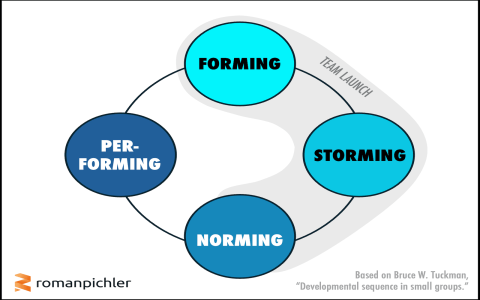So, this TPE team, right? I remember when they first cooked up that idea. It was supposed to be our shiny, new way of getting things done, super efficient, top-tier, all that jazz. They really sold it to us hard in those early meetings.

How it all kicked off
I got pulled in pretty early on. They said they needed folks with “hands-on experience” and a “can-do attitude.” Sounded good on paper, you know? We had this big kick-off, lots of slides, fancy charts showing how we were gonna revolutionize everything. Everyone was nodding along, sipping their coffee, probably thinking about lunch. I was hopeful, thought maybe this time it would be different. We were gonna be the “Tiger Team,” or the “Project Execution Powerhouse,” or something equally grand – TPE, they called it. Nobody could quite agree on what TPE actually stood for, which was maybe the first sign.
The day-to-day grind, or rather, the sit-around
Then the actual work started. Or, well, “started.” First week? Meetings. Second week? More meetings, this time about the meetings from the first week. We spent ages just trying to define what our “TPE process” would even look like.
- Someone wanted to use a super complex new software for tracking tasks. Took us three days just to figure out how to log in.
- Another person insisted on daily stand-ups that lasted two hours. Two hours, man! We’d just go around in circles.
- Then there was the documentation. Oh, the documentation. We had to document our intent to document before we could actually document anything.
It felt like we were building a rocket ship just to go to the grocery store. Everything was over-engineered. We were supposed to be fast and agile, but we were stuck in quicksand, mostly made of our own rules.
Trying to actually do something
I remember this one time we tried to tackle a “simple” project. Just a small improvement to an existing system. The old way would have taken maybe a couple of days for one person. But with the “TPE method”?
First, we had to form a sub-committee. Then, that sub-committee had to produce a feasibility report. That report then went to another committee for approval. By the time we got the green light, the requirements had changed, or someone else had already bodged a fix in the old, non-TPE way because they couldn’t wait any longer. It was kind of funny, in a sad way.

We had all these smart people on the team, really capable folks. But we were all tangled up in this TPE spaghetti. You’d try to make a suggestion, and someone would say, “Well, that’s not aligned with the TPE core principles,” which, again, no one could clearly define. It was like everyone was afraid to just get their hands dirty and do the work.
Where it all ended up
Eventually, the TPE team thing just sort of… faded. The meetings got less frequent. People got pulled into other, more urgent stuff. There was no big announcement, no “we’re shutting it down.” It just quietly dissolved. Like a fart in the wind, really. All that energy, all those resources, for what?
Now, when I hear someone mention “TPE,” I just kinda chuckle to myself. It was an experience, that’s for sure. Learned a lot about how not to run a team, I guess. Sometimes, you just gotta keep it simple, you know? All that fancy TPE talk didn’t actually execute much at all. We spent more time talking about being perfect than actually doing anything perfectly, or even just okay-ly.



